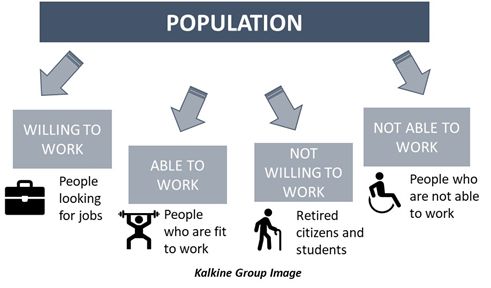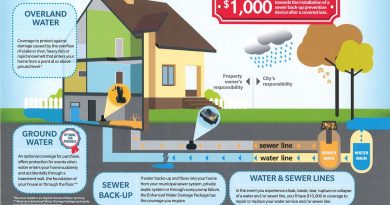Full Employment Definition Types and Examples

Full employment is an economic situation where all available labor resources are used efficiently, embodying the highest amount of skilled and unskilled labor within an economy. However, true full employment, with zero unemployment, is an ideal and rarely achievable state. Economists instead define various levels of full employment with low but non-zero rates of unemployment.
There are different types of unemployment: cyclical, structural, frictional, and institutional. Policymakers aim to reduce the underlying causes of each type, but may face trade-offs against other policy goals.
Cyclical unemployment fluctuates with the business cycle, rising during recessions and falling during times of economic growth. On the other hand, seasonal unemployment occurs predictably throughout the year, as seen in the retail sector after the holiday season.
Economists have developed alternative goals for economic policy, such as the natural rate of unemployment and the non-accelerating inflation rate of unemployment (NAIRU). These concepts consider the presence of structural and frictional factors that result in some level of unemployment.
Full employment offers several benefits, including reduced poverty, improved wages and working conditions, prevention of skill loss, GDP growth, reduced government spending on welfare, and less government borrowing.
While full employment is an ideal condition, no real-world examples exist. However, countries with unemployment rates close to zero, such as Bahrain, Benin, Cuba, Germany, Japan, Malta, Mexico, the Netherlands, Norway, Poland, and Thailand, are considered to have reached close to full employment.
In the United States, an unemployment rate of 3.4% in January 2023 is considered low, but it does not account for individuals who have dropped out of the workforce or are working part-time when they want full-time employment.
An unemployment rate of 5% or lower is often considered maximum employment or close to full employment by economists.
To determine full employment, factors such as the unemployment rate being equal to the NAIRU, no cyclical unemployment, and the country’s GDP being at its potential are considered. For many countries, these conditions are met when the unemployment rate is at 5% or lower.
Full employment does not mean zero unemployment, as some types of unemployment are necessary to prevent inflation, allow for job mobility, and provide opportunities for education and skill improvement. Industries and companies change, leading to temporary unemployment but overall benefiting the economy.
In conclusion, full employment is the most efficient utilization of available labor resources without triggering inflation. While true full employment is rare, economists define various levels of full employment. Different types of unemployment exist, and policymakers aim to reduce their causes, considering trade-offs. Alternative concepts, such as the natural rate of unemployment and NAIRU, provide achievable goals. Full employment has several benefits for individuals and the economy. However, it does not mean zero unemployment, as some unemployment is necessary. The unemployment rate of 5% or lower is often considered maximum employment.



